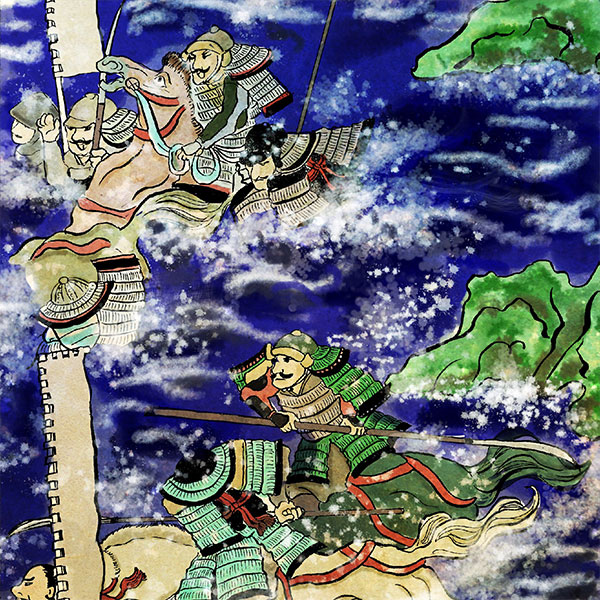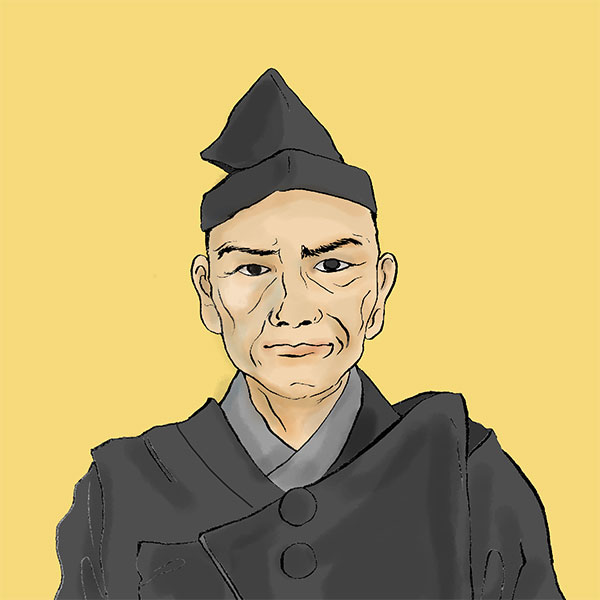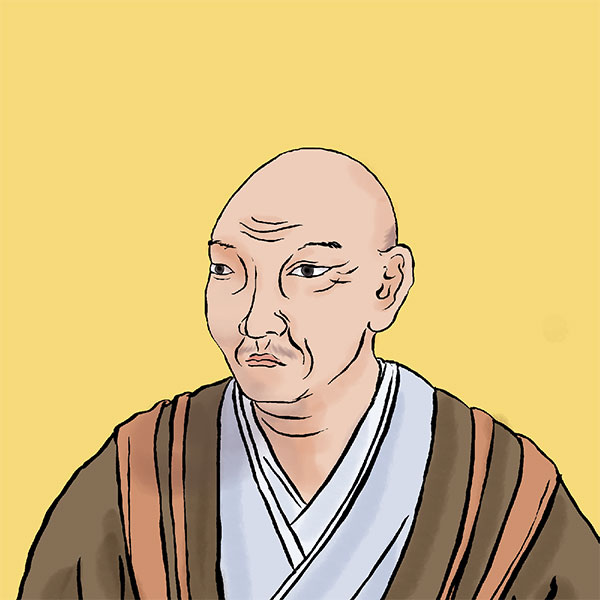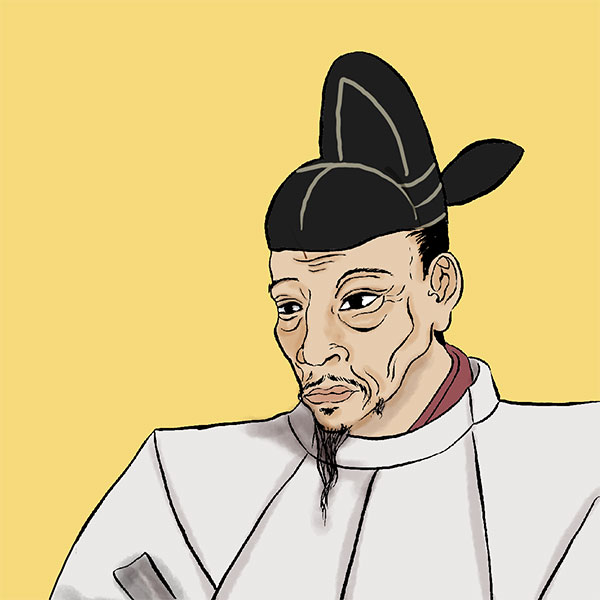Battle of Mimikawa (1/2)The strongest Shimazu clan in Kyushu shows its true potential and defeats the Otomo clan

Battle of Mimikawa
- Article category
- case file
- Incident name
- Battle of Mimikawa (1578)
- place
- Miyazaki prefecture
- Related castles, temples and shrines

Sadowara Castle

Kagoshima Castle

Usuki Castle
- people involved
During the Sengoku period, Kyushu was known as the ``Kyushu Sangokushi,'' a state in which three clans, the Otomo clan, the Shimazu clan, and the Ryuzoji clan, fought against each other. In the midst of this, in 1578, the Otomo clan and the Shimazu clan fought in Takagi Kawahara, Hyuga Province (present-day Kijyo Town, Miyazaki Prefecture) in the Battle of Mimikawa (Battle of Takagi River). In a battle in which the Otomo clan attacked the expanding Shimazu clan, Shimazu, known as the ``strongest in the Sengoku period'', won the battle through skillful use of fishing tactics and took great strides towards the unification of Kyushu. This time, I will explain about the Battle of Mimikawa.
"Kyushu Sangokushi" of the Sengoku period
During the Sengoku period, feudal lords competed for supremacy in Kyushu and engaged in fierce battles. Around 1573, when the era name changed from Genki to Tensho, the Otomo clan of northeastern Kyushu, Bungo (southern central Oita prefecture), the Ryuzoji clan of northwestern Kyushu, Hizen (Saga prefecture), and the southern Kyushu Satsuma (Kagoshima prefecture) The era of ``Kyushu Sangokushi'', in which the three powerful Shimazu clans competed for supremacy, had arrived.
The situation continued for a while, but in 1577 Yoshisuke Ito of Hyuga Province was defeated by the Shimazu clan's onslaught and turned to Sorin Otomo, who led the Otomo clan and was related to him. This deepened the conflict between the Shimazu clan and the Otomo clan.
Otomo Sourin protects Yoshisuke Ito and decides to assist Yoshisuke in his desire to regain Hyuga by transferring half of his former territory to him. Sorin feared the expansion of Shimazu clan power. With Hyuga Province falling into the hands of the Shimazu clan, small surrounding powers were trying to come under the Shimazu clan's control. Furthermore, anger at the fact that Chikashige Tsuchimochi from the northern part of Hyuga Province, who had been on the side of Otomo, joined Shimazu as a result of arrangements made by the Shimazu clan, seems to have been a factor in the expedition to Hyuga.
The ambition of the Christian daimyo, Sorin Otomo
Also, at this time, Sorin Otomo had one big ambition. This is what we call ``Let's make Hyuga a paradise for Christians.'' What's all of a sudden? You might think so, but Sorin was originally very interested in Christianity and always protected Portuguese missionaries. While protecting the missionary work of Christianity, we will carry out trade between the two countries and strengthen our connections with overseas countries. In 1578, he finally converted to Christianity. He abandoned his legal wife, Mrs. Nada, who was the daughter of a priest and believed in Shintoism, and moved to Usuki with his concubine, Christian Julia, who opposed him.
Sourin Otomo, who had become devoted to Christianity, began to think of creating a utopia for Christians, and Yoshisuke Ito's offer was the perfect timing. Perhaps thinking that this was another chance God had given him, in 1578, Sourin led an army of 30,000 (some say 40,000) soldiers and dispatched troops to Hyuga in an attempt to take back Hyuga from the Shimazu clan. Masu. By the way, this dispatch of troops was opposed by his vassals, including Michisetsu Tachibana, but Sorin, the leader of Christian Life, did not listen to him. In this way, Christianity developed an internal division within the Otomo clan.
Otomo Sourin, who decided to dispatch an army, divided his army into Higoguchi and Bungoguchi, which he led, and Bungoguchi's army entered Kadokawa Castle in Hyuga Province in February and joined up with the Ito clan's vassals. The Ito clan's vassals, Yukimasa Nagakura and Munemasa Yamada, entered Ishijo, which was within the Shimazu clan's sphere of influence, and raised an army. In addition, the Ito clan's vassals attacked Chikanari Tsuchimochi, who was on the Shimazu side and had a castle in the area. In April, he captured and killed Chikanari Tsuchimochi, who had been barricaded in Matsuo Castle, after he captured the castle. In this way, the Otomo clan succeeded in conquering Tsuchimochi territory north of Mimikawa. Meanwhile, Higoguchi's army heads towards Takachiho and destroys the Yoshimura clan.
Otomo Sorin, who had successfully acquired the territory of Chikashimo Tsuchimochi, immediately set out to create a utopia for Christians. In August, the headquarters was established in Mushika (Nobeoka City, Miyazaki Prefecture), a church was built, and Mass was held every day. He was busy building a city based on the ideal of Christ.
Shimazu clan's counterattack/Battle of Ishijo
Meanwhile, speaking of the Shimazu clan, the head of the Shimazu clan, Yoshihisa Shimazu, and his younger brothers Yoshihiro, Toshihisa, and Iehisa are currently moving north with the aim of unifying Kyushu. In order to take back Hyuga, Yoshihisa dispatched an army of 7,000 men led by his cousin and chief retainer, Tadanaga Shimazu, to attack Ishijo (Kishiro-cho, Koyu-gun, Miyazaki Prefecture), where the Ito clan's vassals, including Yumasa Nagakura and Munemasa Yamada, were holed up.
The stone castle is surrounded by rapids on three sides and has a steep mountain behind it, making it difficult to attack. In the battle in July, the Ito army won, and the Shimazu army not only suffered 500 casualties, but also their adjutant general, Norihisa Kawakami, was killed in the battle, and Shimazu Tadanaga was shot through with an arrow and seriously injured. The Shimazu army once retreated to Sadowara Castle (Uedajima, Sadowara-cho, Miyazaki City, Miyazaki Prefecture), but in September, Iku Shimazu became the general and attacked Ishijo once again with an army of 10,000 soldiers. After about 10 days of fierce fighting, the Ito army was at a disadvantage as it lacked reinforcements and provisions. In the end, the Ito army surrendered the castle and retreated to Kadokawa on September 29th.
Furthermore, during this attack on Hyuga, Otomo Sorin destroyed temples and shrines in Tsuchimochi territory for the sake of his Christian faith. Even the scriptures and Buddhist statues were completely destroyed. It seems that there was a political reason to weaken the power of temples and shrines in this area, as they were originally strong in this area, but this act caused a great backlash from the vassals. Sourin himself was a Christian, but some of his subordinates and people in his territory believed in Buddhism, so Sourin's actions destroyed the unity of the Otomo clan and became a factor in causing division.
Battle of Mimikawa ① Otomo army surrounds Takajo
On October 20th, Otomo's army began moving south again with a large force of 30,000 (or 40,000) soldiers. Then, 300 soldiers from the Shimazu side, including Arinobu Yamada, besieged Takajo. Takajo was a strong fortress with steep cliffs on the east, south, and north, and seven (all five) dry moats on the west. Therefore, Otomo's army first attacked with artillery, using the Franchi cannon, also known as the ``Kokukushi'', and a large number of guns. The Franchi cannon was acquired by Sorin Otomo from Portugal during the Nanban trade, and was given its name because of its destructive power that could destroy a country. However, his vassals sarcastically said, ``My country is going to be destroyed because of the high price.''
- people involved

- WriterNaoko Kurimoto(Writer)I am a former travel industry magazine reporter. I have loved history, both Japanese and world history, since I was a child. I usually enjoy visiting temples and shrines, especially shrines, and often do ``pilgrimages to sacred places'' themed around historical figures. My favorite military commander is Ishida Mitsunari, my favorite castle is Kumamoto Castle, and my favorite castle ruins is Hagi Castle. My heart flutters when I see the ruins of battle castles and the stone walls of castle ruins.








